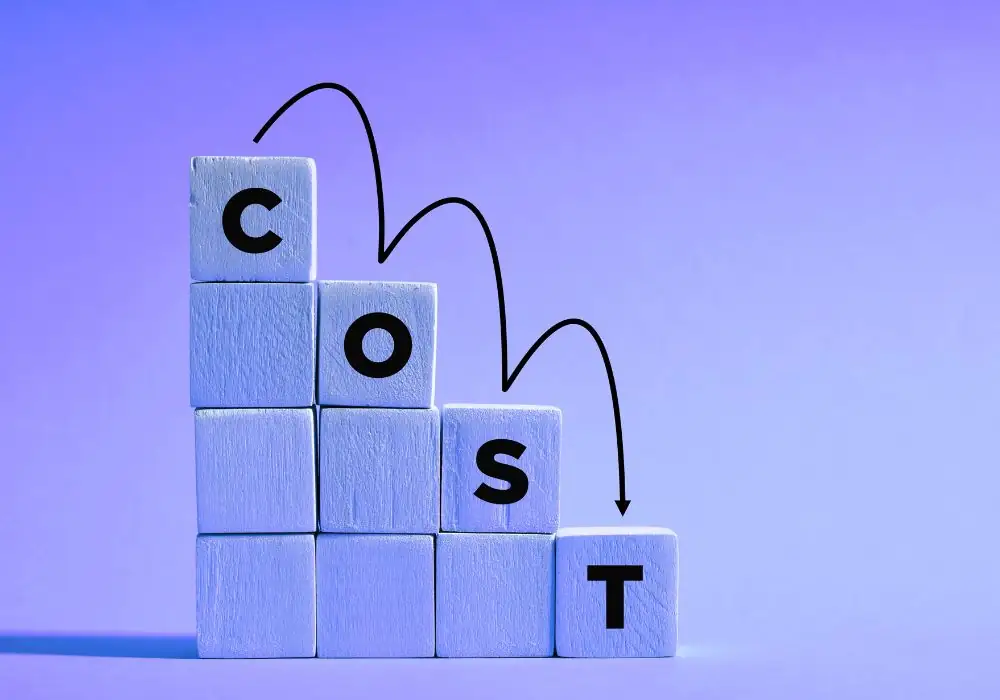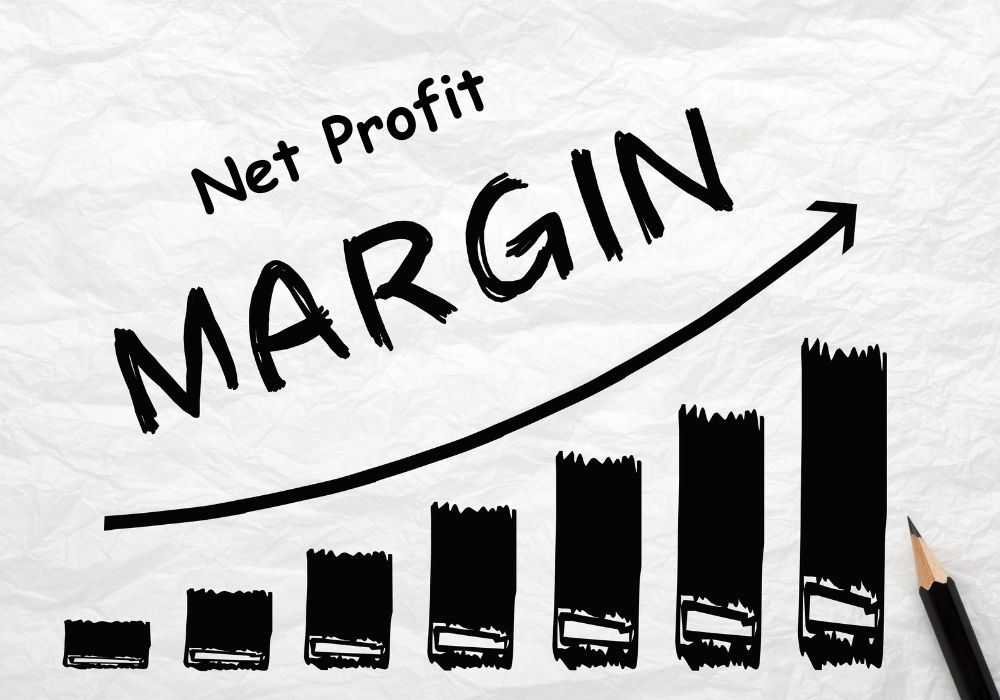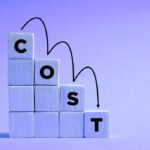- What’s Marginal Cost?
- Why is Marginal Cost Important?
- The Marginal Cost Formula
- How to Calculate It: Step-by-Step
- Example: Widget Factory
- What Affects Marginal Cost?
- The Marginal Cost Curve: A Quick Visual
- Real-World Uses
- Clearing Up Confusion
- FAQs
- What’s the difference between marginal cost and total cost?
- Can marginal cost ever decrease?
- How does marginal cost affect pricing?
- Why does marginal cost increase at high production levels?
- Is marginal cost only for businesses?
- The Bottom Line
Ever wondered how businesses decide to make one more product? That’s where marginal cost comes in. It’s the extra cost of producing just one additional unit.
Think of it like deciding whether to cook one more burger at a barbecue. Worth it? Let’s break it down with a simple formula, clear steps, and real-world examples to show why this matters.
What’s Marginal Cost?
Marginal cost is the added expense when producing one more item. It’s a key concept in economics and business, showing how costs shift with production tweaks.
Why’s it useful? It helps figure out if making more products is profitable or if it’s time to scale back.
Why is Marginal Cost Important?
Marginal cost isn’t just a number—it’s a decision-making tool. Here’s why it’s a big deal:
- Pricing: Set prices to cover costs and boost profits. If making one more item costs less than its selling price, keep going.
- Profit Boost: Produce until the cost of one more unit equals the revenue it brings in. That’s the sweet spot.
- Resource Use: Allocate materials or labor wisely by spotting where costs rise slowly.
- Efficiency Check: Pinpoint production hiccups to cut waste and save money.
The Marginal Cost Formula
Calculating marginal cost is easier than you can assemble a flat-pack bookshelf. Here’s the formula:
Marginal Cost (MC) = Change in Total Cost (ΔTC) ÷ Change in Quantity (ΔQ)
- ΔTC: The difference in total cost when production changes.
- ΔQ: The number of extra units produced.
Just assume you run a coffee shop. Making 100 cups costs $200. One more cup bumps it to $202. The cost change is $2, the quantity change is 1, so the marginal cost is $2 per cup.
How to Calculate It: Step-by-Step
Ready to crunch numbers? Follow these steps:
- Find Total Costs: Calculate costs for, say, 100 units and then 101 units. Include fixed costs (like rent) and variable costs (like ingredients).
- Measure Cost Change: Subtract the lower cost from the higher one.
- Count Extra Units: Note how many more units were made.
- Do the Math: Divide the cost change by the unit change for the marginal cost.
- Analyze: Compare to revenue. Profitable? Keep producing.
Example: Widget Factory
Imagine you’ve a factory that makes 1,000 widgets for $10,000, and producing 1,100 widgets costs $10,900. Here’s the breakdown:
- Cost change: $10,900 – $10,000 = $900.
- Quantity change: 1,100 – 1,000 = 100.
- Marginal cost: $900 ÷ 100 = $9 per widget.
The result? Each extra widget costs $9. If you sold for $12, it’s a win. Less than $9? Time to rethink.
What Affects Marginal Cost?
Costs don’t just sit still. Several factors shake things up:
- Variable Costs: More materials or labor can spike costs.
- Scale Benefits: Early on, making more might lower costs per unit, like buying in bulk.
- Capacity Limits: Push too hard, and costs rise—think overtime or new machines.
- Tech Improvements: Better tools can trim costs, like a faster assembly line.
The Marginal Cost Curve: A Quick Visual
Plot marginal cost against output, and it’s often U-shaped. Early on, costs drop as production ramps up. Hit a sweet spot, then costs climb as limits kick in. The curve’s minimum? That’s the ideal production level.
Real-World Uses
Marginal cost isn’t just theory—it’s practical. Here’s how:
- Set Prices: If a widget’s marginal cost is $9 and it sells for $12, keep making more.
- Adjust Production: If costs exceed revenue, reduce production to avoid losses.
- Evaluate Projects: Weigh if new equipment justifies extra output costs.
Clearing Up Confusion
A few myths that you need to break:
- Not Average Cost: Marginal cost is about one extra unit, not the average across all units.
- Not Fixed: Costs shift with production levels, not stay constant.
- Fixed Costs Matter Sometimes: New machines or space can nudge costs up.
FAQs
What’s the difference between marginal cost and total cost?
Total cost covers all expenses for producing a set number of units—fixed and variable. Marginal cost? It’s just the extra cost for one more unit.
Can marginal cost ever decrease?
Yes, it can! Early on, producing more often lowers per-unit costs, like getting a bulk discount. That’s called economies of scale.
How does marginal cost affect pricing?
If marginal cost is below the selling price, making more is profitable. If it’s higher, prices might need adjusting or a production cut.
Why does marginal cost increase at high production levels?
If you push production too far, and inefficiencies emerge, you can think of overtime pay or strained machines. That’s when costs start climbing.
Is marginal cost only for businesses?
Not at all. Anyone managing resources—like planning a big event—can use it to weigh the cost of adding one more guest or feature.
The Bottom Line
Marginal cost is like a compass for business decisions. It guides pricing, production, and resource use. By calculating it—change in cost divided by change in units—businesses can spot profitable moves or avoid costly ones.
Whether you’re running a small shop or a big factory, understanding marginal cost helps make smarter, data-driven choices.







